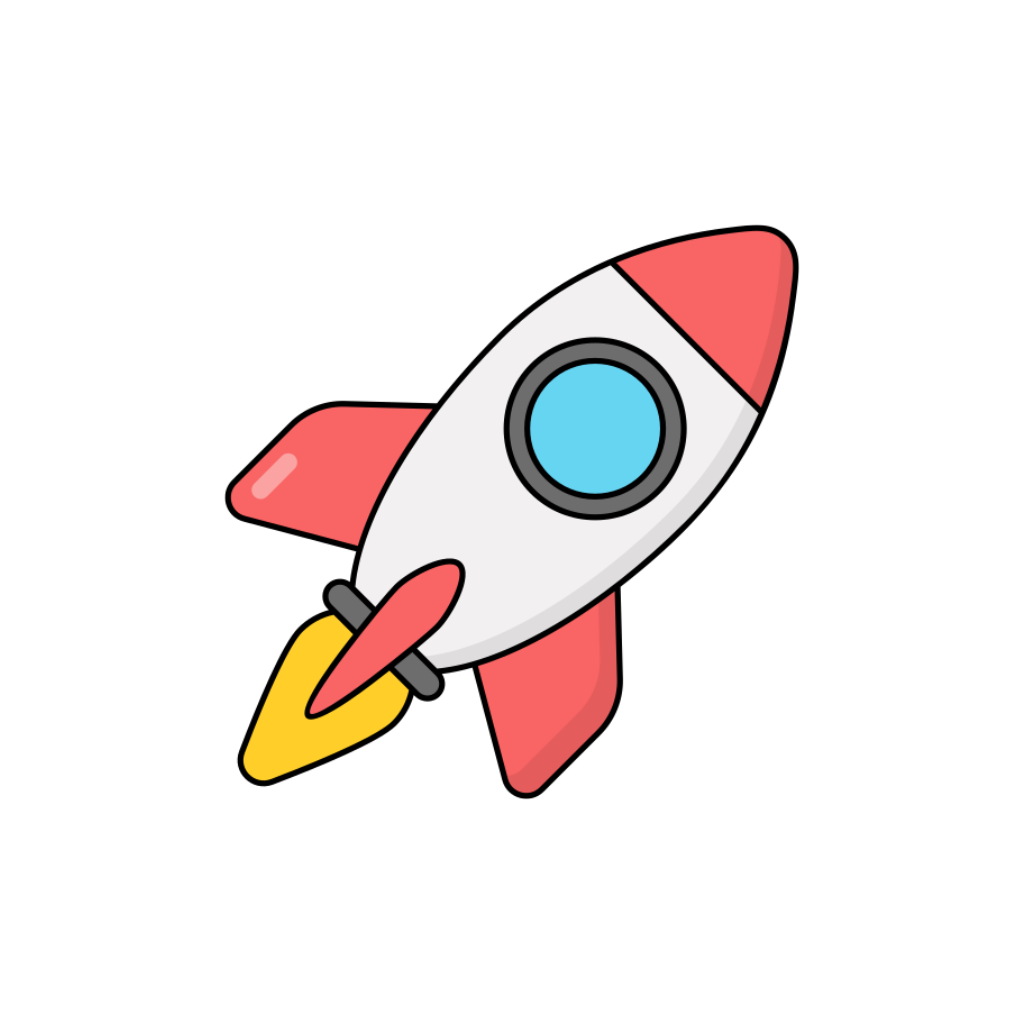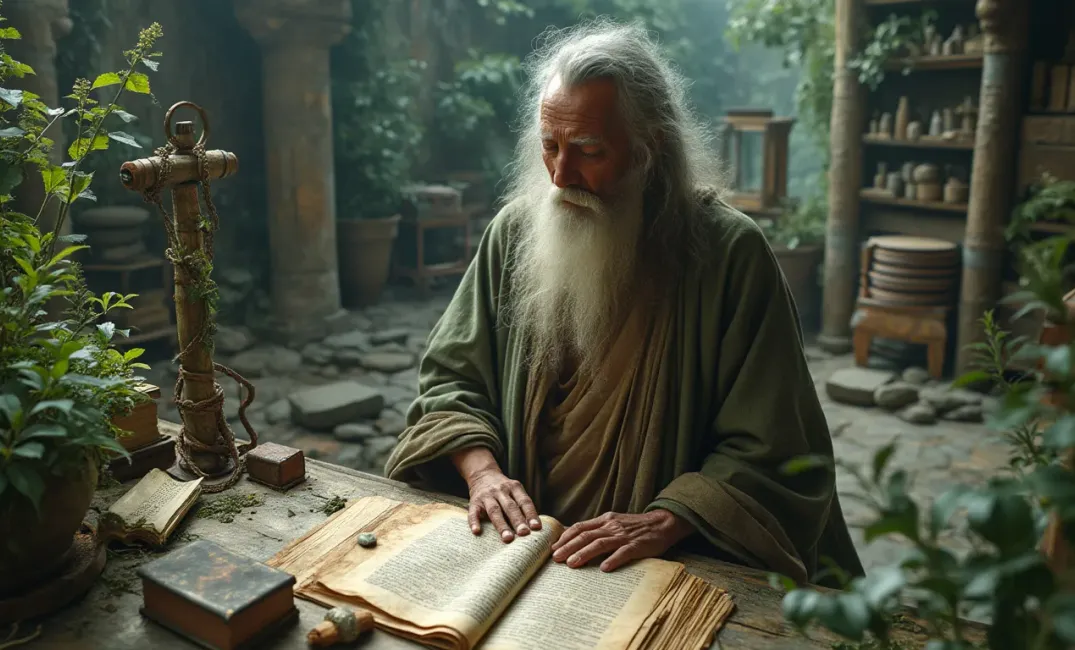Introduction: The Quest for Healing
Medicine, a pursuit as ancient as humanity itself, represents the synergy of science, art, and compassion in the quest to cure illness and prolong life. From the mystical practices of ancient healers to the molecular precision of modern science, medicine has continuously evolved to meet the needs of civilizations, reflecting humanity's enduring commitment to understanding the body and fostering well-being. This entry delves into the rich tapestry of human healing practices, exploring pivotal advancements and the cultural narratives that have shaped the evolution of medicine.
"Wherever the art of Medicine is loved, there is also a love of Humanity." — Hippocrates
The Dawn of Medicine: Ancient Practices and Beliefs
Primitive Healing and Shamanic Roots
- Early Practices and Beliefs: Early humans relied on trial and error, intuition, and observation to treat ailments. Shamans and tribal healers, often in communions with the spiritual world, utilized plants, chants, and rituals to heal the sick. This blend of mysticism and rudimentary pharmacology laid the foundation for organized health practices.
- Plants and Herbal Knowledge: The use of natural remedies dates back to prehistoric times when early humans discovered the healing properties of plants and herbs. Ethnobotanical knowledge, preserved through oral traditions, became a cornerstone of healing strategies in cultures worldwide, with plants like willow bark (a precursor to aspirin) used for their medicinal properties.
Ancient Civilizations and Systematic Medicine
- Egyptian Medical Pioneers: The Ancient Egyptians are credited with some of the earliest known medical texts, such as the Edwin Smith Papyrus. Their holistic approach was characterized by a diverse array of treatments including surgery, herbalism, and spiritual rituals, supported by a belief in the body's balance of humors.
- Greek and Roman Contributions: The Greeks revolutionized medicine by introducing empirical observations and rational inquiries, led by figures like Hippocrates, who advocated for patient observation and ethical medical practices. Romans, inspired by Greek philosophers, advanced public health through sanitation systems and military medicine, exemplified by Galen's anatomical insights.
Middle Ages to Renaissance: Bridging Traditions and Discovery
Continuing Traditions and Islamic Advancements
- Medieval Healers and the Role of Monasteries: During the Middle Ages in Europe, medical knowledge was preserved in monasteries, with monks and nuns serving as caregivers. Herbs and religious practices remained integral to treatment, while hospitals offered a refuge for the sick.
- The Islamic Golden Age: The Islamic world became a beacon of medical advancement from the 8th to the 13th century. Scholars like Avicenna and Al-Razi compiled vast medical encyclopedias and pioneered practices such as clinical trials and experimental medicine. Their works, such as Avicenna's "The Canon of Medicine," served as textbooks for centuries.
The Renaissance: Rebirth of Inquiry and Anatomical Exploration
- Resurgence of Anatomy and Surgery: The Renaissance spurred renewed interest in human anatomy, led by figures like Andreas Vesalius, who challenged longstanding medical notions through meticulous dissections and detailed anatomical drawings. This era sparked critical advancements in surgery and pathology.
- Integrating Science and Philosophy: Medical philosophy was redefined as scientific inquiry took precedence, with experimentation and observation forming the scientific method's backbone. Innovations in printing technology enabled widespread dissemination of medical knowledge, setting the stage for systemic advancements.
Modern Medicine: Progressing Through Revolutions
The Age of Enlightenment and Industrial Insights
- Birth of Evidence-Based Practices: Enlightenment inquiry fostered critical advances in medical theory, including the development of vaccination by Edward Jenner, who demonstrated inoculation against smallpox. Observations by figures like William Harvey, who described blood circulation, transformed physiological understandings.
- Public Health and Sanitation: The Industrial Revolution brought with it both opportunities and challenges; rapid urbanization led to the growth of public health initiatives aimed at combating diseases like cholera. John Snow's work on waterborne pathogens laid the groundwork for modern epidemiology, while Florence Nightingale's nursing reforms improved healthcare conditions.
Twentieth Century Breakthroughs
- Antibiotics and the Germ Theory: The dawn of the 20th century marked significant milestones with the confirmation of germ theory and the discovery of antibiotics like penicillin by Alexander Fleming. These discoveries fundamentally altered approaches to infection and disease management, reducing mortality rates worldwide.
- Medical Technologies and Genetic Insights: Technological advances, such as X-rays, MRIs, and CT scans, revolutionized diagnostic capabilities, while breakthroughs in genetics, like the discovery of DNA's double helix, opened possibilities in genetic research and personalized medicine.
- Surgical Innovations and Organ Transplants: The evolution of anesthetics and aseptic techniques improved surgical outcomes, enabling successful organ transplants and heart surgeries. Surgical robotics and minimally invasive techniques continue to pioneer new frontiers in patient care.
Contemporary Medicine and Challenges Ahead
The Digital and Genomic Era
- Telemedicine and Digital Health: The rise of the internet and mobile technology bolstered telemedicine, increasing healthcare access and patient engagement. Health informatics and wearable devices empower patients with real-time data, enhancing preventive care and management of chronic illnesses.
- Personalized and Precision Medicine: Advancements in genomic sequencing have paved the way for tailored treatments that consider individual genetic profiles, offering hope for battling complex diseases like cancer with targeted therapies and immunotherapy.
Addressing Global Health Inequities
- Disparities and Access: Despite remarkable advances, disparities in healthcare access and outcomes persist globally. Initiatives focused on universal healthcare, equitable distribution of resources, and addressing social determinants of health are crucial to achieving global health equity.
- Pandemics and Preparedness: The COVID-19 pandemic underscored the importance of global collaboration in public health preparedness, surveillance, and rapid response. Strengthening health systems, investing in vaccines, and fostering interdisciplinary partnerships remain essential to mitigating future health crises.
Conclusion: The Continuum of Healing
Medicine is a dynamic continuum that reflects humanity's unyielding resolve to confront suffering and preserve life. This ever-evolving discipline, deeply intertwined with cultural and scientific narratives, stands not just as a testament to human ingenuity but as a beacon of hope and compassion.
As societies advance and explore new frontiers, the commitment to holistic and equitable health practices remains imperative. From ancestral healing traditions to contemporary marvels, medicine's legacy rests in the hands of those who continue to question, innovate, and care deeply for the collective well-being of humanity.
"The good physician treats the disease; the great physician treats the patient who has the disease." — William Osler
HISTORY, TECHNOLOGY, PERSONALIZED MEDICINE, HUMAN BODY, MODERN ADVANCEMENTS, MEDICINE, GLOBAL HEALTH, ANCIENT PRACTICES, HEALING, PUBLIC HEALTH

